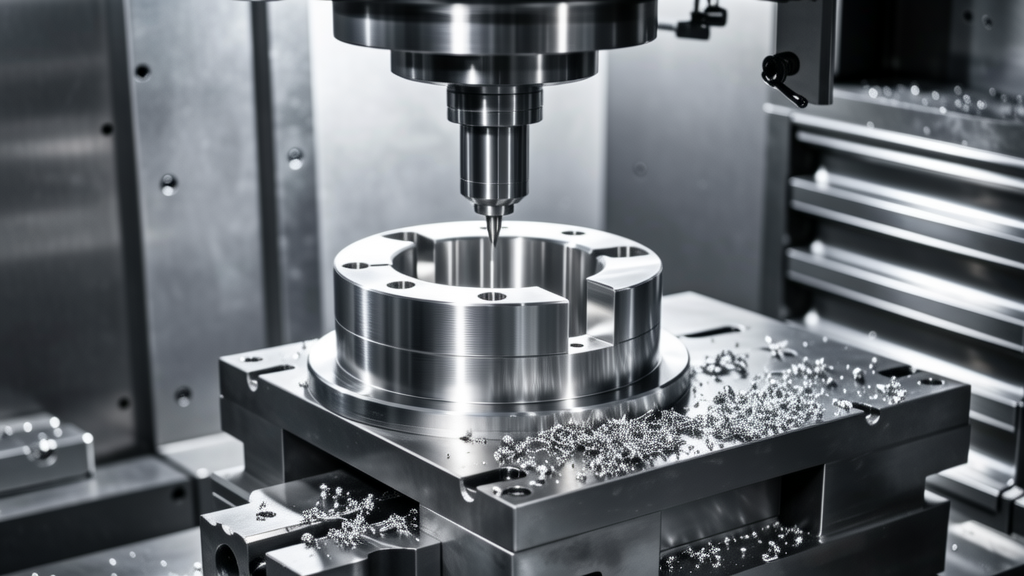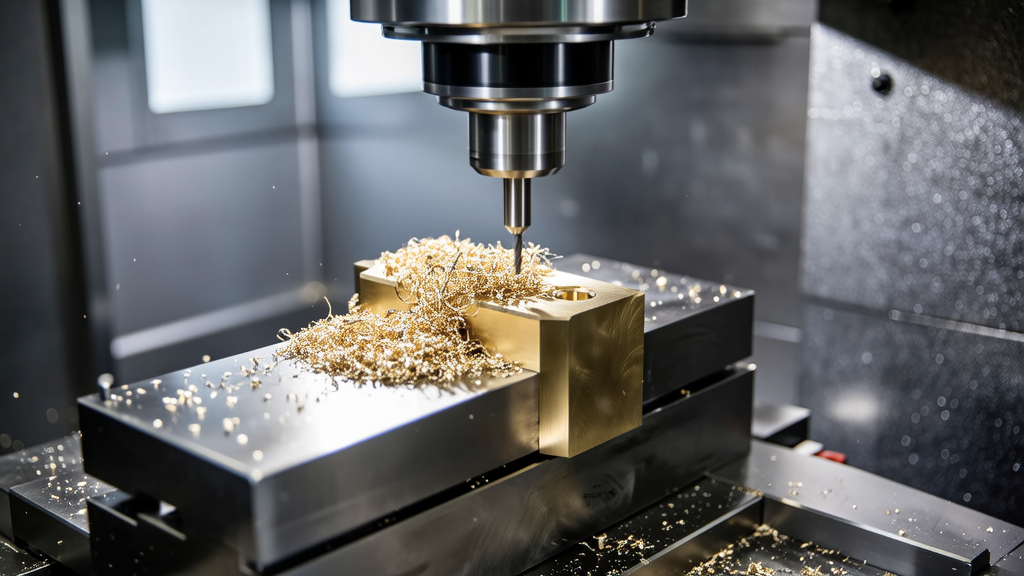In today’s competitive landscape, securing the best pricing from stainless steel CNC manufacturers is crucial for businesses aiming to maximize profitability. This article delves into proven strategies that can empower purchasing managers and engineers to negotiate effectively and leverage market dynamics. I will explore how factors such as volume, material specifications, and manufacturing processes play a significant role in cost determination. By understanding these elements, you can foster strong working relationships with suppliers, ensuring not only lower prices but also consistent quality. Additionally, we will examine how competition and technological advancements in CNC machining can be harnessed to your advantage. With practical insights and actionable tips, this guide aims to equip you with the knowledge needed to navigate the complexities of sourcing stainless steel components, helping you unlock competitive pricing without sacrificing quality. Join me as we unveil the secrets to effective negotiation and supplier selection in the world of CNC machining.
What factors influence pricing from stainless steel CNC manufacturers?
The pricing from stainless steel CNC manufacturers is influenced by several factors, including the volume of the order, complexity of the part, and specific material specifications. Higher order volumes often lead to lower prices as manufacturers benefit from economies of scale. Also, intricate designs may require advanced machinery and longer machining time, impacting the final cost.
Additionally, fluctuations in raw material prices can affect quotes. For instance, seasonal demand, market shortages, and global supply chain issues can all cause adjustments in stainless steel pricing, which manufacturers reflect in their quotations.

How can I negotiate better prices with CNC manufacturers?
Negotiating better prices often starts with understanding the market. Researching average pricing trends for similar parts and discussing with multiple manufacturers can provide leverage. It’s also important to clearly communicate your requirements and be open to suggestions, as manufacturers may have alternatives that can lower costs.
Another key strategy is to consider long-term partnerships. If a manufacturer sees the potential for repeat business, they may offer more competitive pricing to secure your partnership for future orders.

What is the role of order volume in price determination?
Order volume plays a critical role in price determination because it reduces the per-unit cost of manufacturing. Many CNC manufacturers have price breaks based on quantity; for example, ordering 1000 units might decrease the price per unit compared to ordering just
Bigger orders also allow manufacturers to allocate resources effectively, minimizing idle time and optimizing their production schedules, which can further drive down costs.
Can specifications affect manufacturing costs?
Absolutely, specifications significantly affect manufacturing costs. Unique or uncommon material specifications often lead to higher prices due to sourcing challenges and processing techniques. Furthermore, if you need tight tolerances or specific finishes, the machinery and labor involved will typically add to the overall cost as well.
Even minor adjustments in design can result in cost changes. For example, a rounded edge might be easier to machine than a sharp, complex detailing. Understanding these nuances can help you make informed decisions when discussing specifications with manufacturers.
Are there risks to consider when negotiating prices?
When negotiating prices, it’s essential to be aware of potential risks. A significantly low price might indicate compromised quality or the use of substandard materials. It’s crucial to ensure that while you’re seeking competitive pricing, you’re not sacrificing quality or reliability.
Additionally, relying too much on price alone can lead to issues with supplier relationships. Building trust and open communication with your manufacturers can often lead to better deals over time rather than just focusing on cost.








